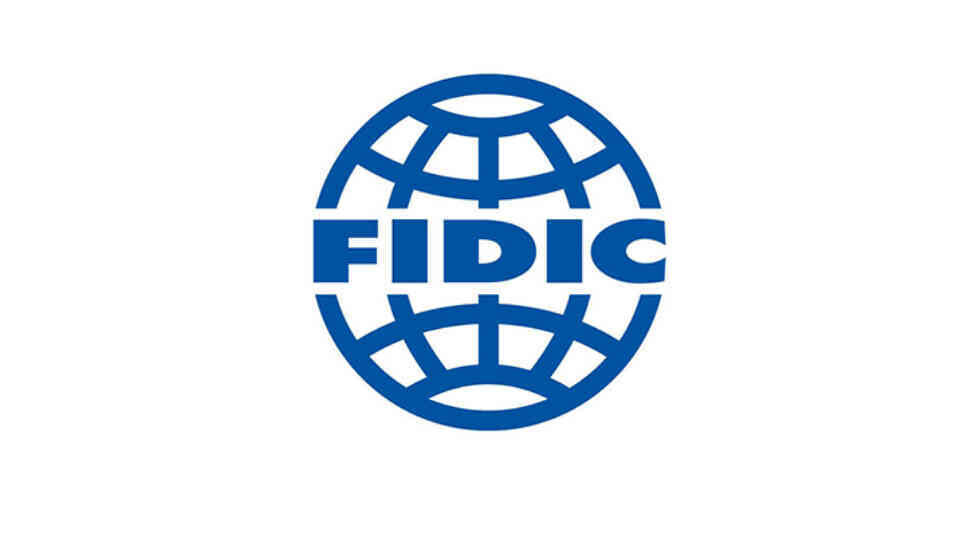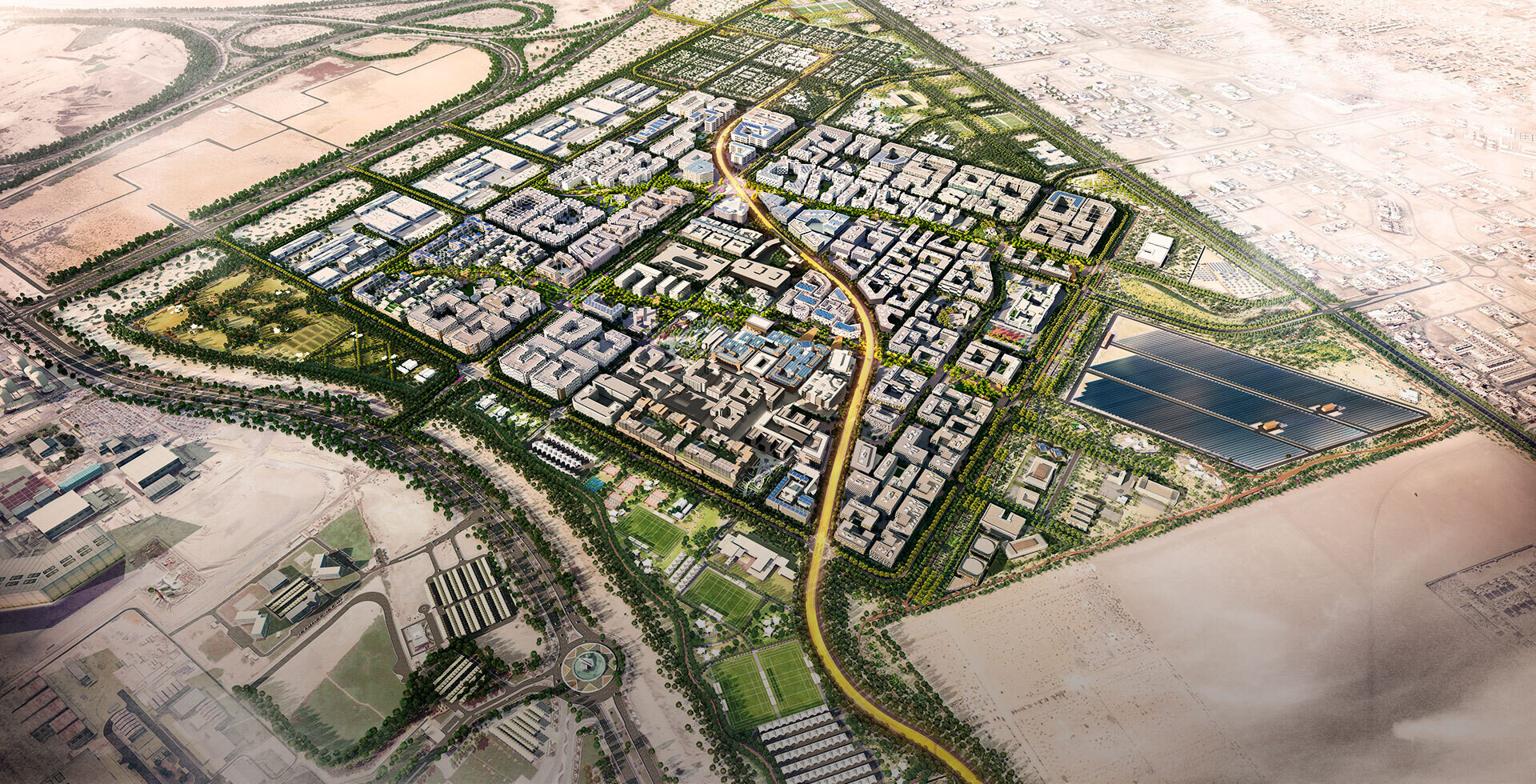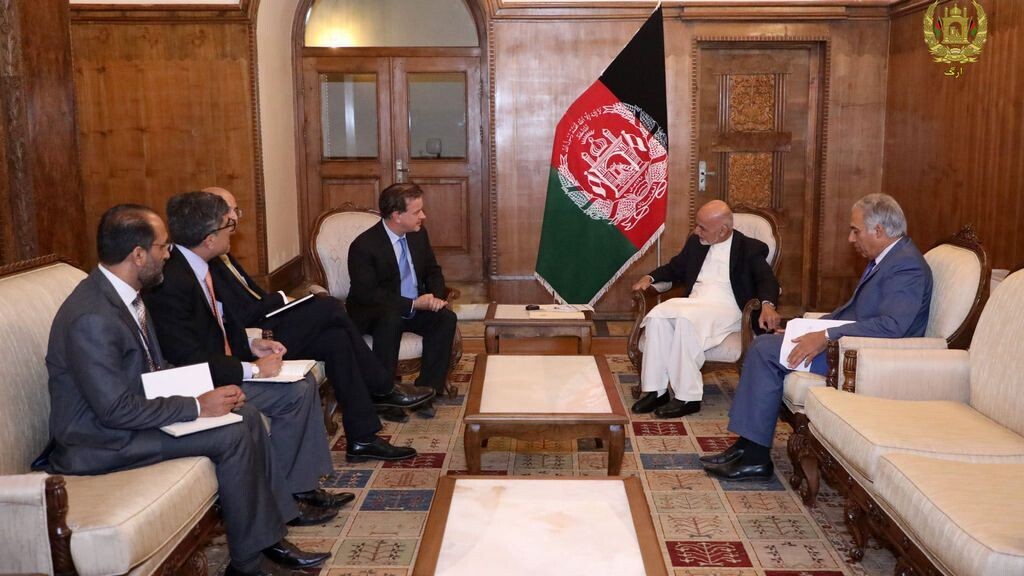North Macedonia - the key state in the Balkan region
Balkans are a critical region for Europe. Dozens of the trade routes transmit through the Balkans to Europe and vice versa. While the region heavily suffered from the wars and skirmishes at the end of the 20th century, newly independent states quickly restored their economy by balancing the consequences of war. Consequently, the ongoing restoration process attracts Multilateral Development Banks and International Organizations to invest, cooperate, and trade in the Balkans.
Before independence, North Macedonia was the poorest of former Yugoslav Republics (only 5% of the total federal goods and services output). The absence of infrastructure, UN sanctions on Yugoslavia (the primary export market), and a Greek economic embargo hindered economic growth until 1996 (The World Bank, 2013).

Figure 1: Skopje
Successful privatization boosted the country’s reserves to over 700 million USD in the early 2000s. From 2000 to 2021, the GDP rose from $3.7 billion to $14.3 billion (The World Bank Data, 2021). According to the European Commission, on the economic criteria, North Macedonia has made some progress and is at a good level of preparation in developing a functioning market economy. Severely hit by the pandemic, the economy slipped into a recession in 2020. The gradual recovery set in as of spring 2021. The government implemented a resolute fiscal response to mitigate the crisis impact on households and firms. The fiscal deficit rose to 8.2 % of GDP in 2020, while the public debt level rose sharply to 60.2 % of GDP, as additional financing needs had to be covered. A budget revision cut the capital expenditure to create space for crisis-related public transfers. Yet, it lagged in execution. Thus, authorities took supplementary measures to boost fiscal transparency with a fully operational state aid registry in development. There has been little progress in revenue and tax collection and public investment management. The Parliament still did not adopt the new organic budget law by delaying its implementation. The law would considerably fix this gap. Meanwhile, public-private partnerships require a substantial framework. The financial sector remained strong, and lending to the private sector was constant through regulatory easing. The business environment continued to be impeded by the large size of the informal economy. North Macedonia has the best economic freedom in the region, according to the 2012 Index of Economic Freedom, released in January 2012 by the conservative U.S. think tank Heritage Foundation and the Wall Street Journal (Ristic, 2012).
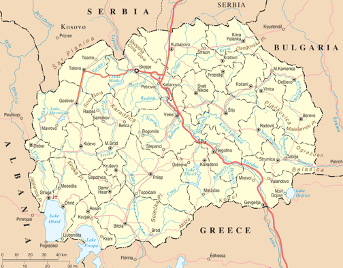
Figure 2: Map of the North Macedonia
However, there are critical challenges in front of the Macedonian government to improve the economy. Poor quality of transport infrastructure, especially roads and railways, low integration into regional energy markets that drive up energy prices, and insufficient enforcement and implementation of a reliable investment framework that limits FDI (Sanfey & Milatovic, 2019). There have been major efforts to avoid these obstacles, such as major gasification, participation in pan-European corridors and regional transport connectivity, and strong interest in advancing soft connectivity given EU approximation and alignment with regional trade and investment agreements. To achieve these objectives, the European Bank for Reconstruction and Development cooperates with the North Macedonian government. Strong track record and existing partnership with authorities in providing funding to help narrow the infrastructure and energy gap while promoting private sector participation and de-risking large, long-term projects, also growing experience in advising National Broadband/Digitisation Strategies allows the implementation of the projects which transform North Macedonia to the key state in the Balkans. Furthermore, EBRD’s strong additionality and experience in driving regional soft cooperation (regional investment councils, business registries) assist to strengthen regional integration, soft connectivity and supporting EU Approximation (EBRD, 2019).
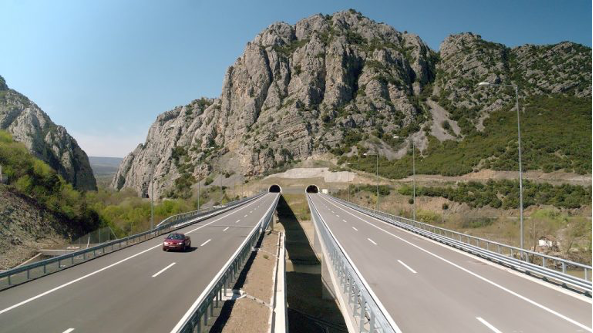
Figure 3: The new infrastructure of the North Macedonia
Primary areas for national development are improving quality & connectivity of key transport and energy infrastructure; increasing levels of broadband connectivity and digitization; improving "soft" connectivity; harmonizing business practices. Implementation of the regional projects, road connectivity and integration with the EU states, funding from EBRD and World Bank provide a successful roadmap to realize the targets by 2023.
Orkhan Huseynli
Further Reading
EBRD. (2019). Republic of North Macedonia Country Strategy. EBRD.
Ristic, M. (2012, January 13). Serbia, Bosnia Rank Low on Economic Freedom Index.
Sanfey, P., & Milatovic, J. (2019). North Macedonia Diagnostic. EBRD.
The World Bank. (2013). Ease of Doing Business in FYR Macedonia. The World Bank; International Finance Cooperation.
The World Bank Data. (2021). North Macedonia Country Data


